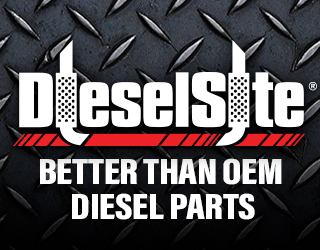Classic truck restoration
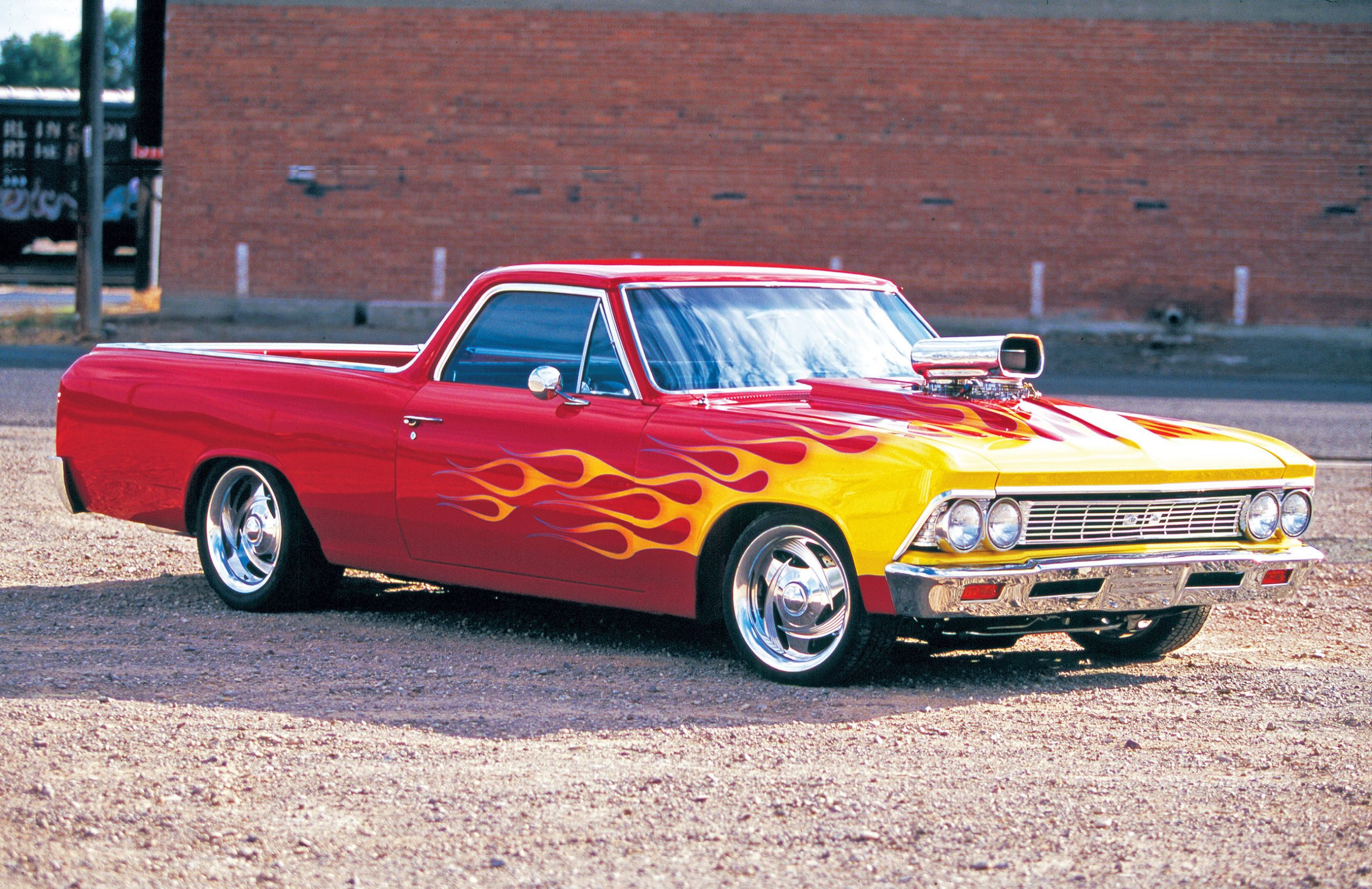
It’s a classic type of buildup: a big-block 396 in a ’66 Chevrolet El Camino, sprayed a glorious red with in-your-face yellow flames. Meticulously created by Bob Nation of Twin Falls, Idaho, like so many great builds, this one comes with a story.
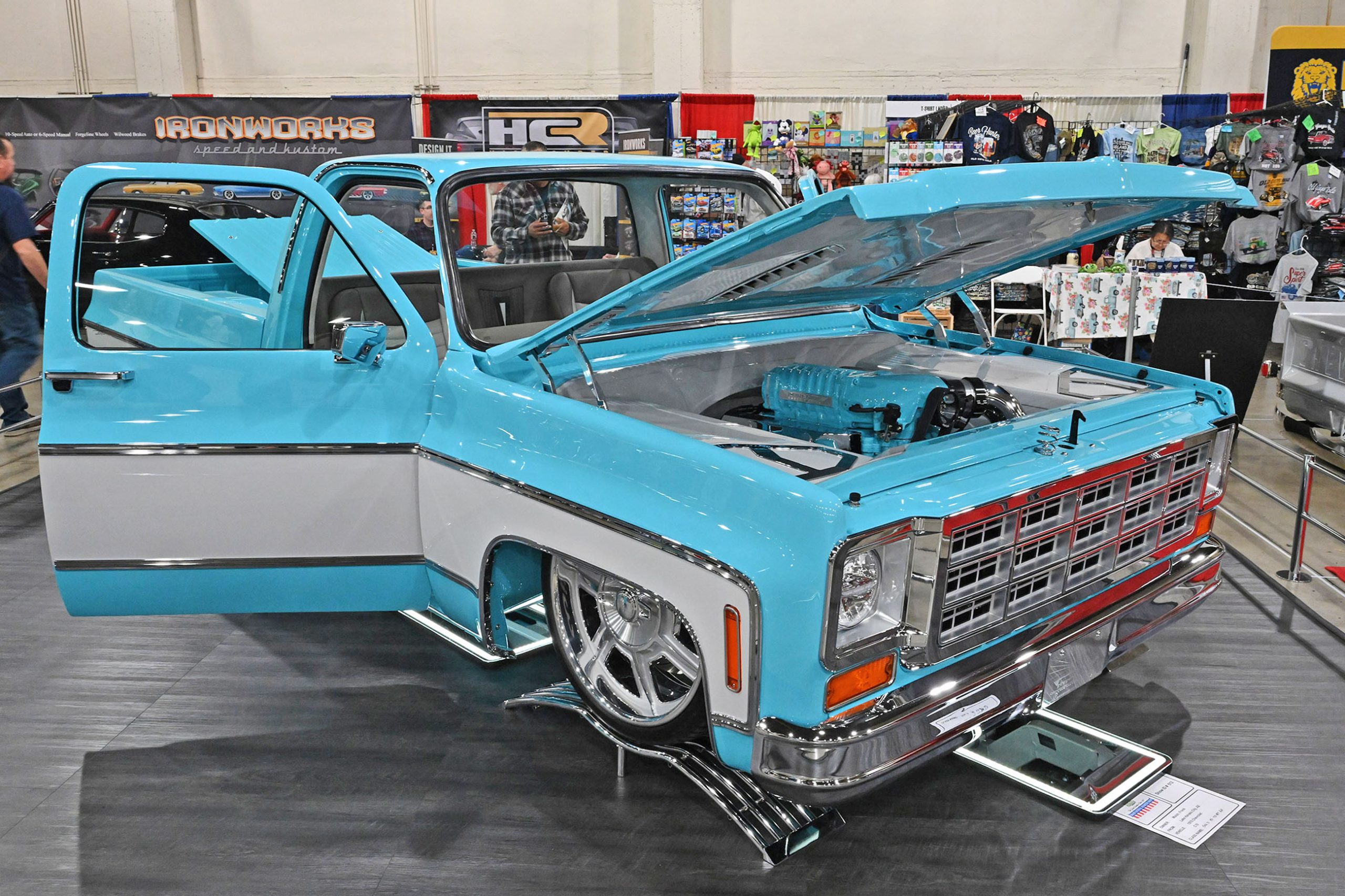
Hot rodders used to scoff at the idea of trucks stealing the show. Now? They’re the stars. The 2025 Grand National Roadster Show (GNRS) proved that trucks aren’t just workhorses anymore—they’re rolling showcases of power, design, and straight-up cool factor. Whether slammed to the pavement or built for full-throttle performance, trucks have carved out their own space in the custom scene, and this year’s GNRS made it clear: the truck takeover is real.
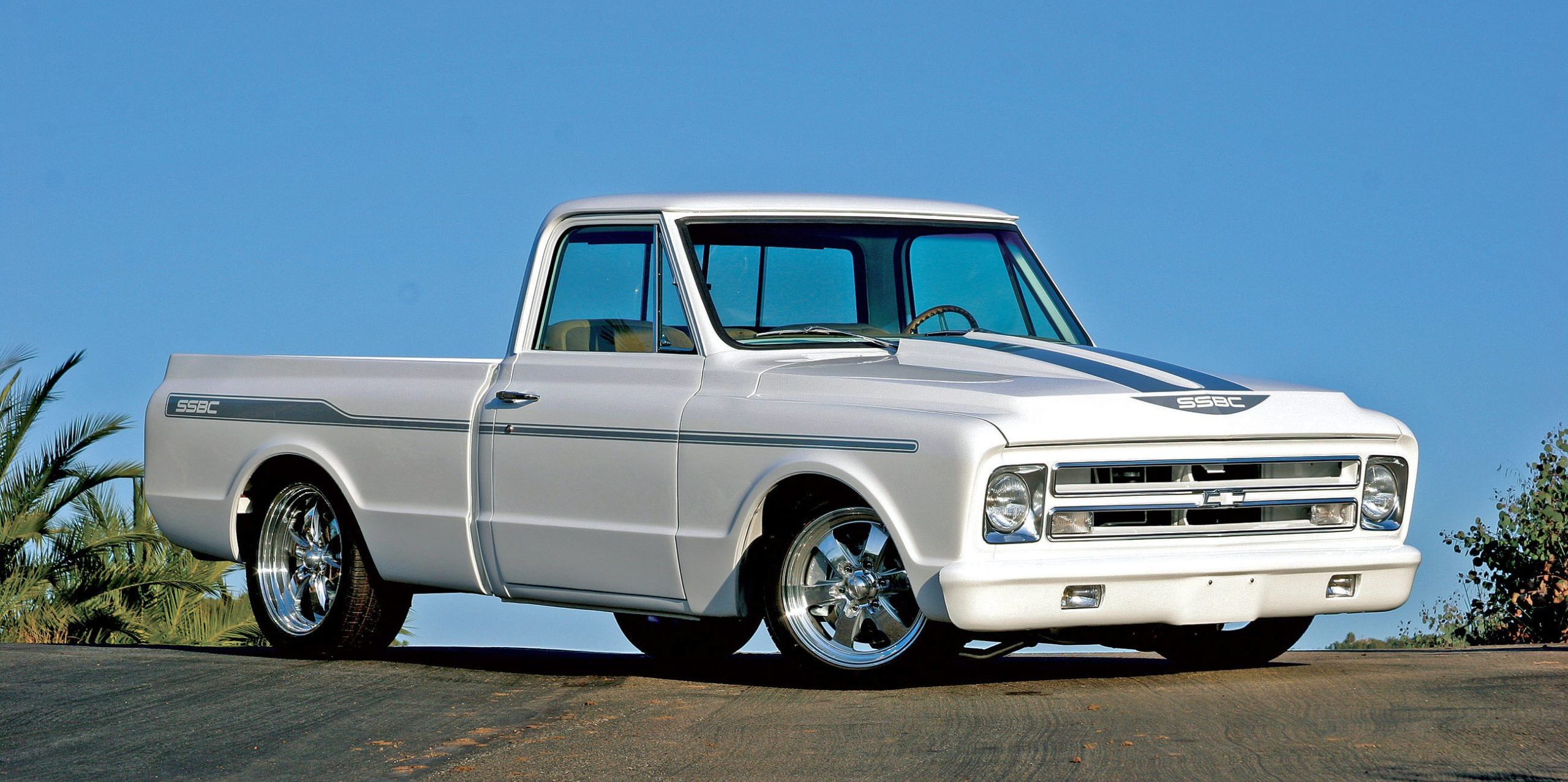
There are SEMA vehicles, and then there are SEMA vehicles. Do you want an explanation? Okay, all SEMA vehicles are built to show off a company’s part, but some vehicles are “built” with only that part on it and are otherwise stock. While we won’t say that these vehicles are totally a waste of time—some have shown a great deal of imagination—for the most part they don’t capture our attention, nor are they what you would consider to be mainstream vehicles.
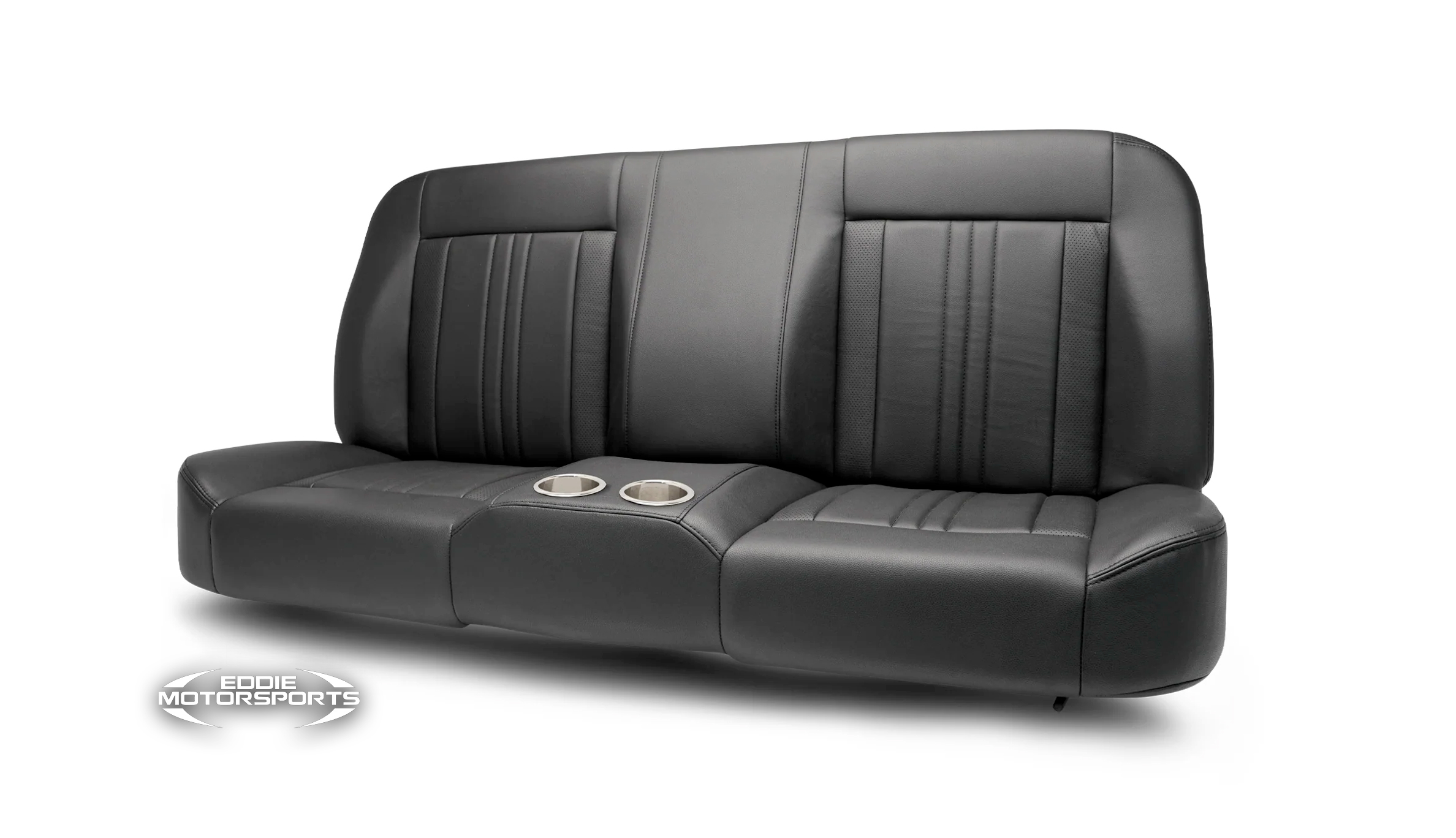
The Halo T-60 Bench Seat isn’t just an upgrade—it’s a transformation. Designed to blend seamlessly with the iconic lines of the C10, this seat gives your truck’s interior a fresh, modern look without losing that vintage charm. Built with top-notch materials and craftsmanship, the T-60 is as durable as it is good-looking.
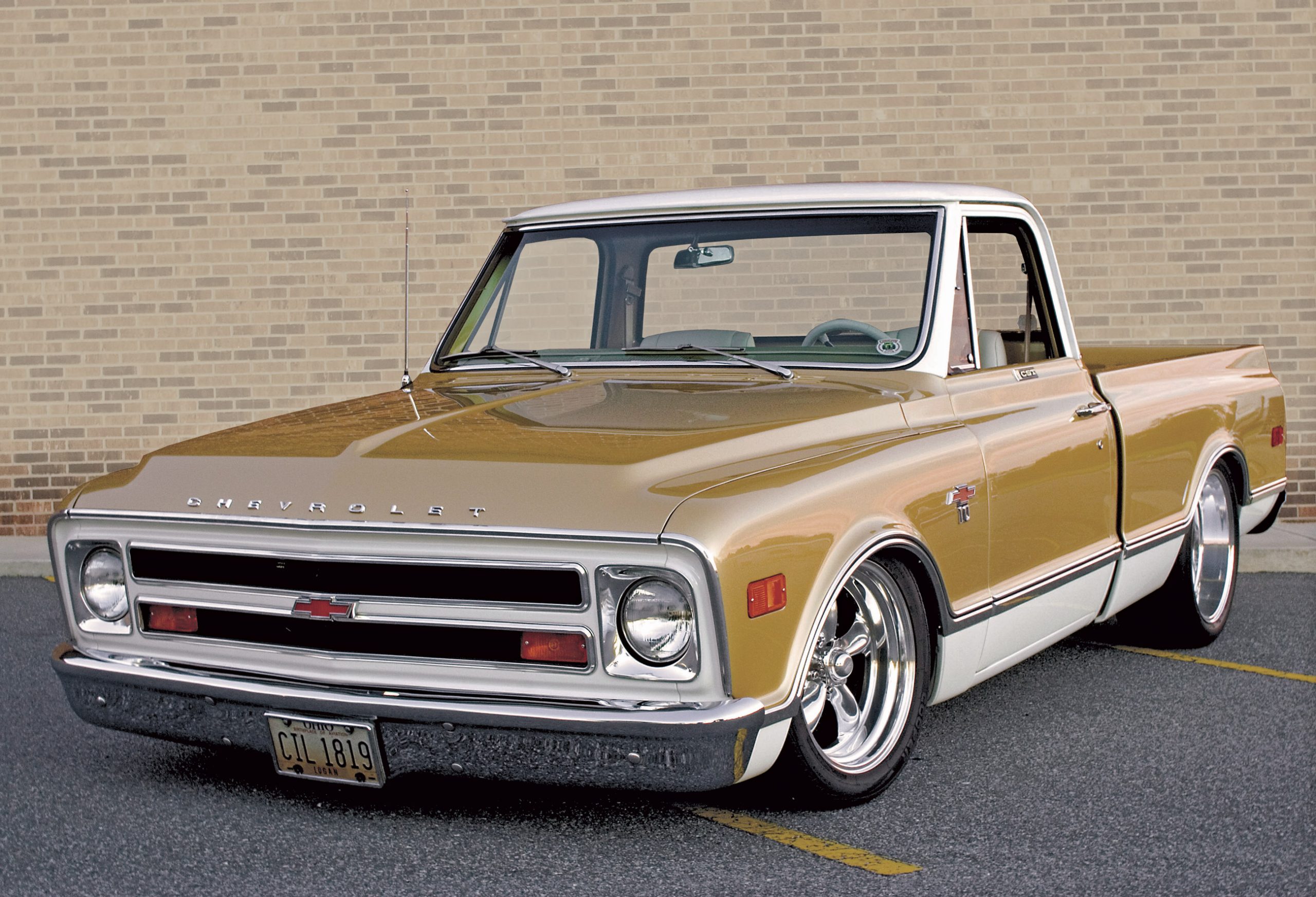
When the time comes to begin building a new project, the process can often end up going in a different direction. By the time you are finished, the truck you started with can take on a whole new appearance, as if the French built it. That wasn’t going to happen with Rick Parsons’ project.
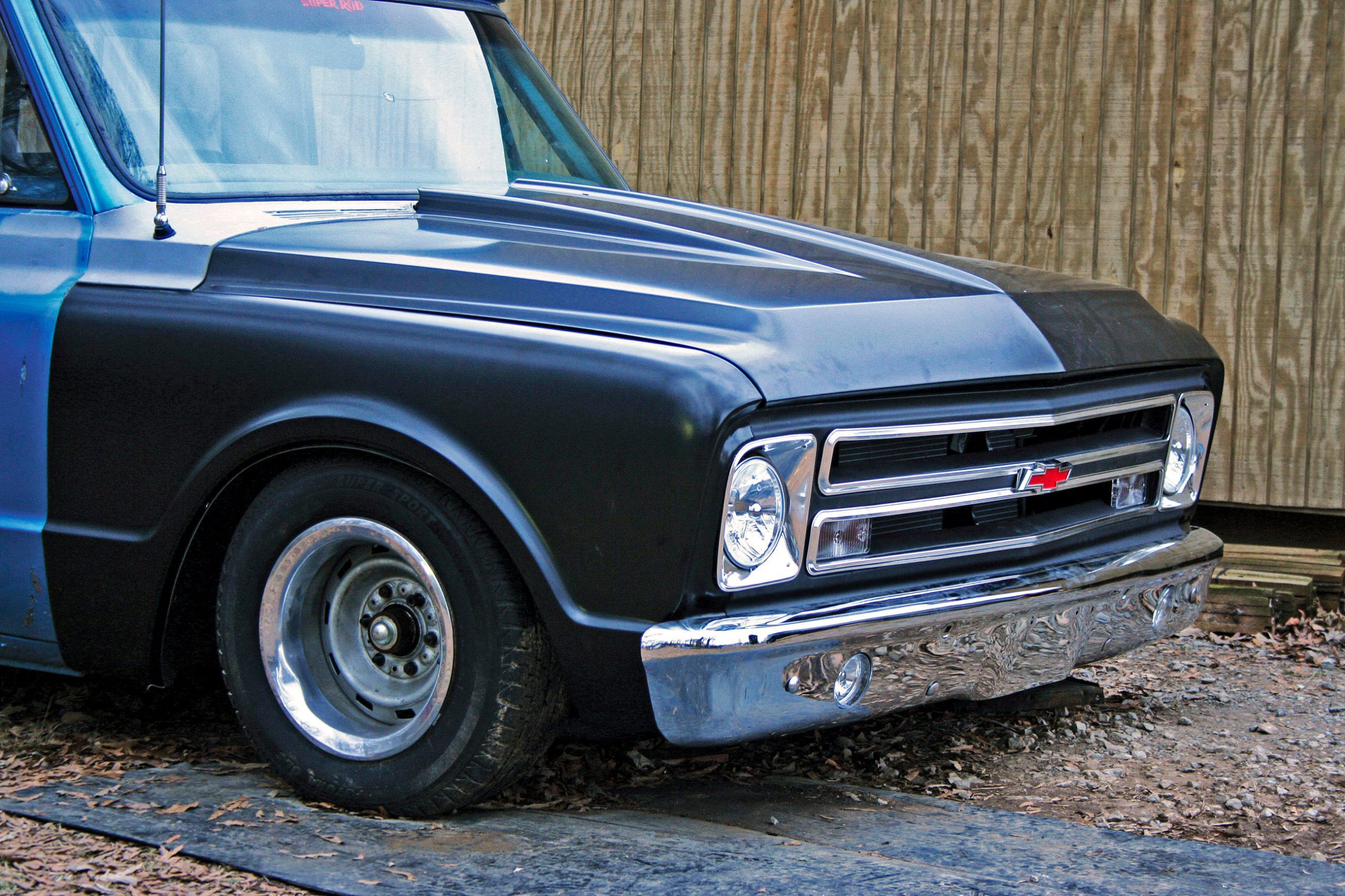
From the rugged workhorses of the ’70s to today’s luxurious pickups, discover the transformation and retrofitting process of a ’68 Chevy truck. Follow the journey as No Limit Engineering’s dropped spindle/disc brake conversion kit enhances both braking performance and aesthetics, bringing a touch of modern luxury to a timeless classic. Dive into the details of this four-hour installation and witness the stunning results that elevate the truck’s functionality and appearance. Experience the perfect blend of nostalgia and innovation in this truck restoration project.
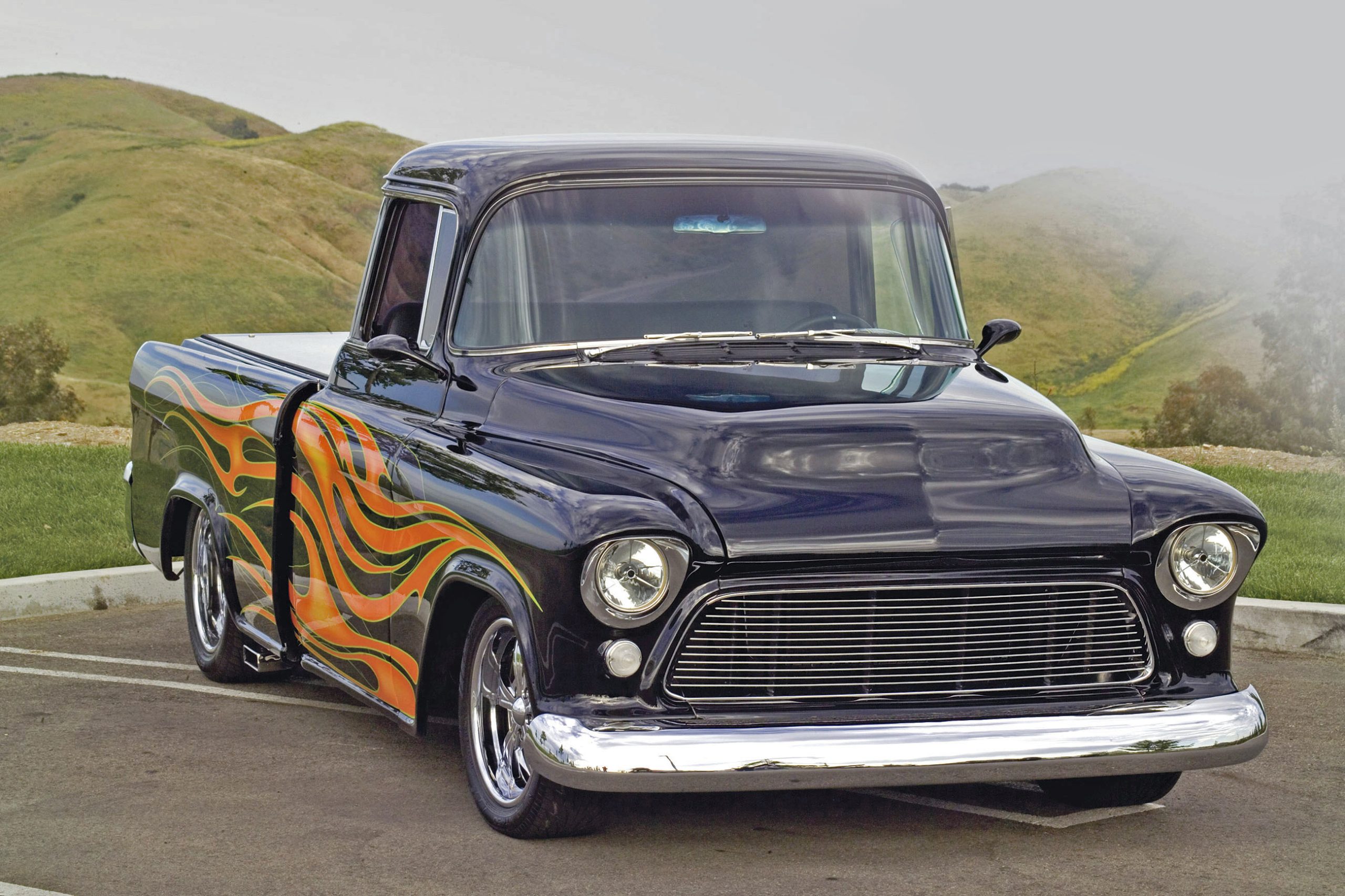
Gil Palmer just loves cars, trucks, and motorcycles. He’s owned more than 100 miscellaneous cars, ranging from ’40 Fords to ’55 Chevys to a ’70 Monte Carlo. He’s owned a few pickups, too, and this one originally came to him as the bonus gift, so to speak, in a trade of his ’32 Ford Cobo Hall winner for a motorcycle at the Detroit Autorama. The ’57 Cameo that he received in the trade had an entire ’55 front end on it, and because of that, everyone thinks it’s a ’55. But this truck was in pretty sad shape when it arrived at Palmer’s Southern California home. Just picture this one item in your mind for a minute, and you’ll get the gist of the kind of shape the truck was in: There was a hand-painted (we’re talking 4-inch-wide brush, here) Chevy Bow Tie on the tailgate. The 10:1 compression supercharged engine would overheat in a matter of a few blocks.
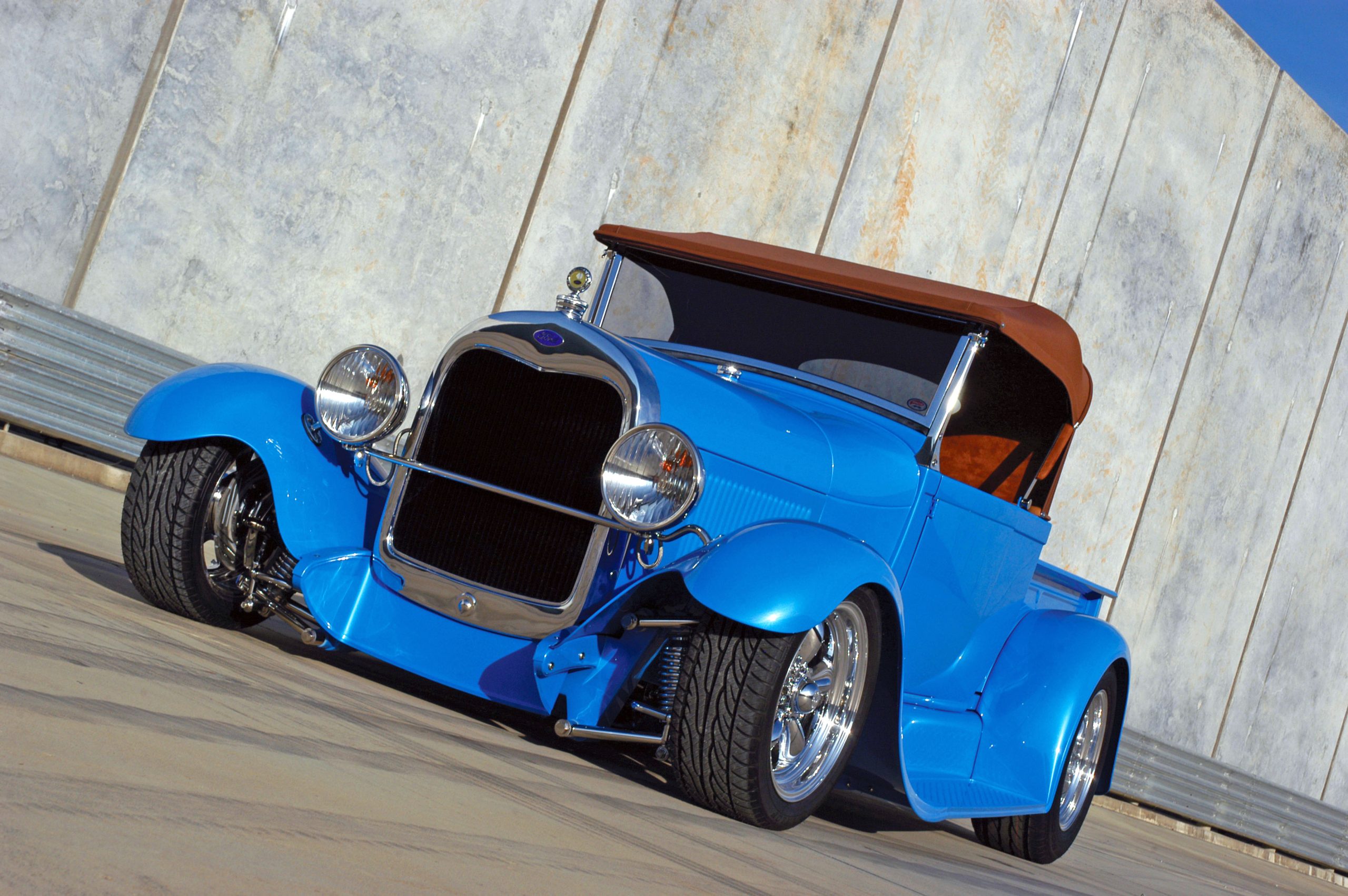
Gary Brigham bought his 1929 Ford roadster pickup several years ago. There was just something about it that he liked. First and foremost, it was a pickup. Even though he was not planning to haul any building materials, he did need the bed room for transporting the pop-up tent that he and wife, Janice, used at the many shows they attended. Second, it was a roadster, and he wanted an open car. The roadster pickup fulfilled both requirements.

The C10 series of Chevy pickups is generally accepted as being the best-looking early pickups from the land of Bow Ties. But the one problem is that the factory fit them with roughly the same ride height as a 4×4. We suppose the guys who bought and used these trucks as trucks liked them that way, but the rest of us prefer them down in front. Having read nothing but truck magazines all your adult life, you know that there are many ways to lower a truck, from melting the springs with a torch all the way to installing forged aluminum IFS A-arms. We’ve read a couple of magazines ourselves and can tell you the safest, most affordable and simplest way.
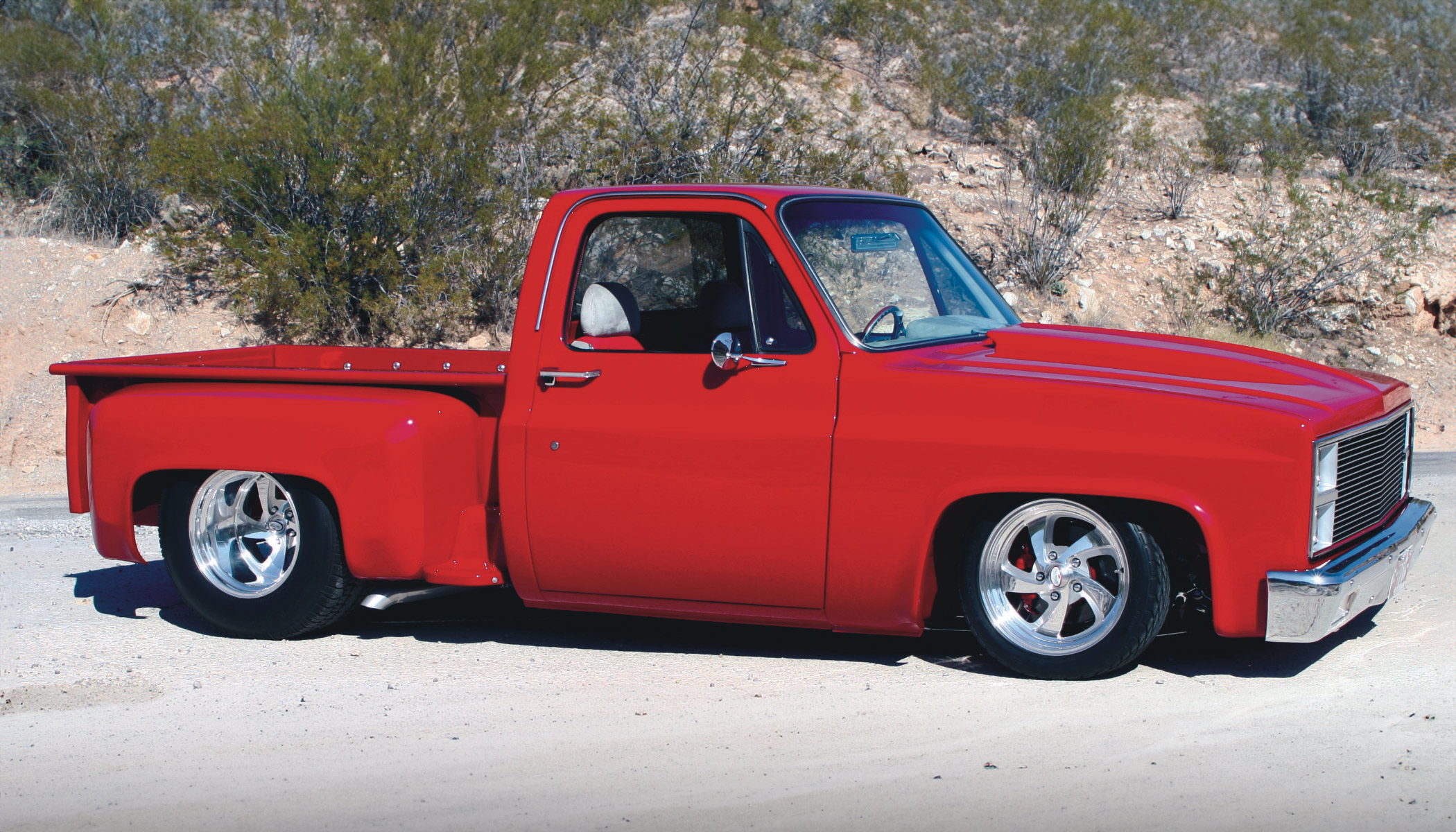
So, you’ve contemplated and weighed the pros and cons of driving an older pickup or decided that one would make a great addition to the newer pickup you already own, then you are ready to make the leap of faith and turn that older pickup into a vehicle that could be used as a daily driver.




